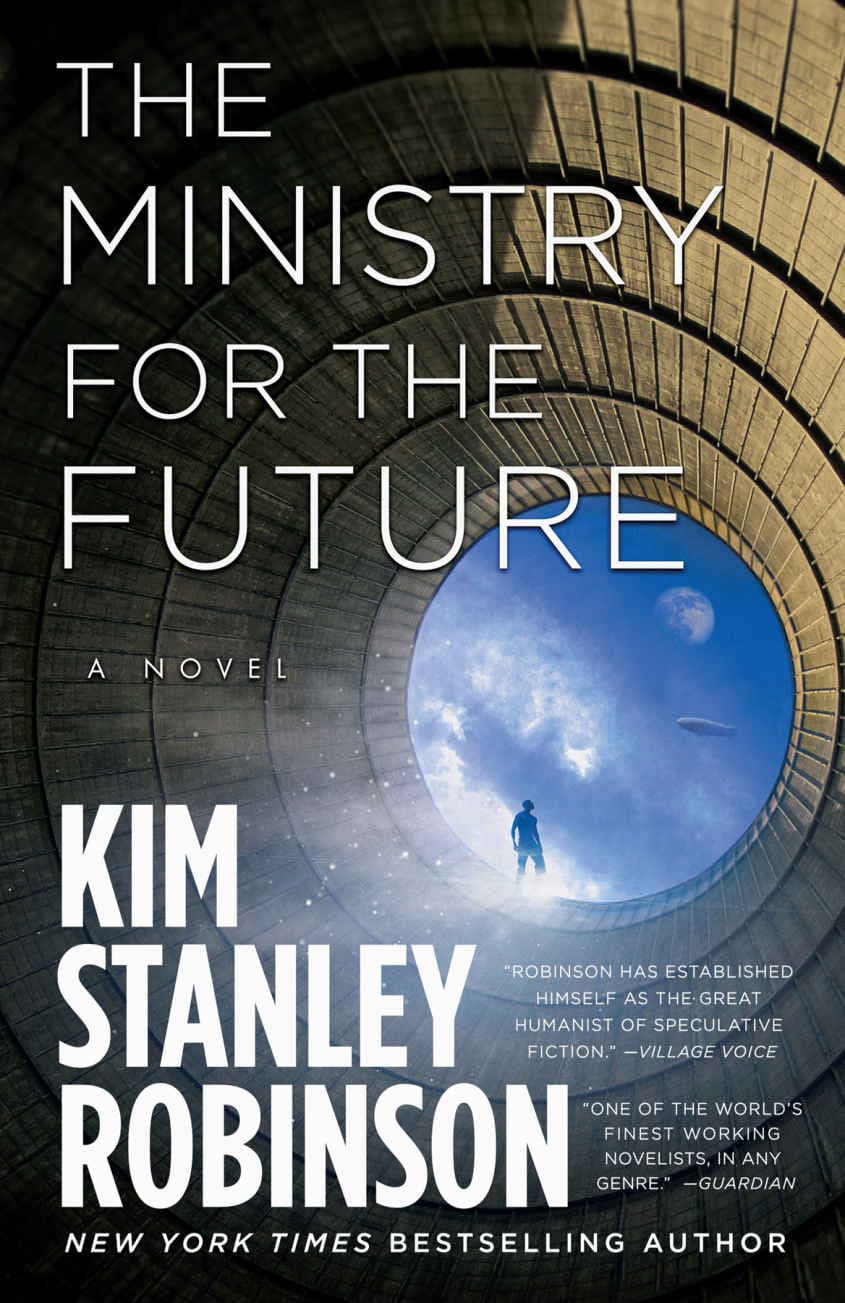The situation had to be handled with a touch of delicacy. First, money. Significant applications of money. Then persuasion. Hedgerows often saved soil, they built soil, they were considered worth the land they took. Native plant strips, the same. No-till ag, the same. Habitat corridors had to be seen first as extensions of that kind of agriculture, done to increase soil building and soil resilience. Wide hedgerows were the wedge for this topic, the least objectionable innovation. Then the idea of wild animals had to be brought in as kind of pest control devices. Of course those who grazed domestic animals were not pleased, but since the mad cow disease scare in the previous decade, with its subsequent collapse of beef demand, there were simply far fewer domestic beasts out there to worry about. Hogs were enclosed, chickens were enclosed; those supposedly terrible wolves would now mostly be eating tick-infested crop-eating deer; it was the deer who were the pests, deer who devastated crops! It was a matter of crop protection to have wild predators on the land! And you could even hunt them later on, if some culling was found necessary.5047 ↱

The Ministry for the Future
A Novel
Kim Stanley Robinson